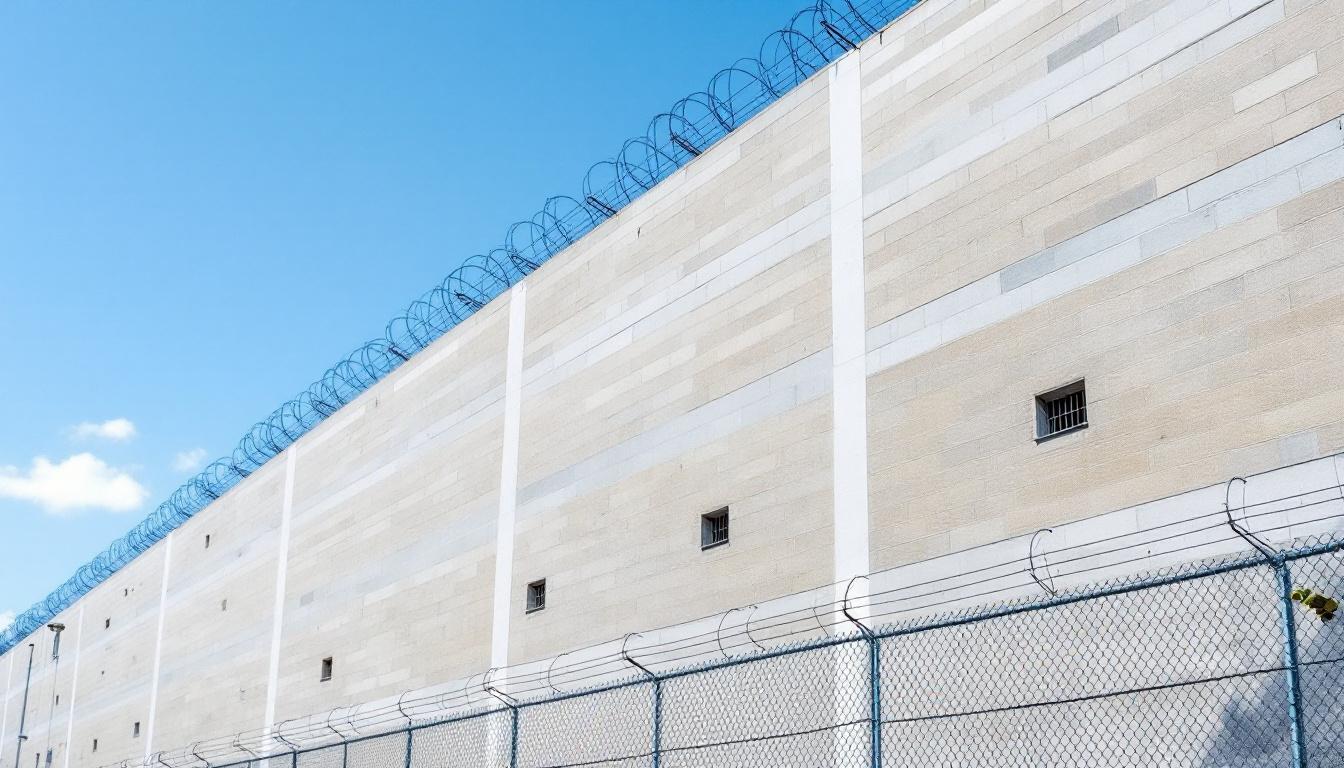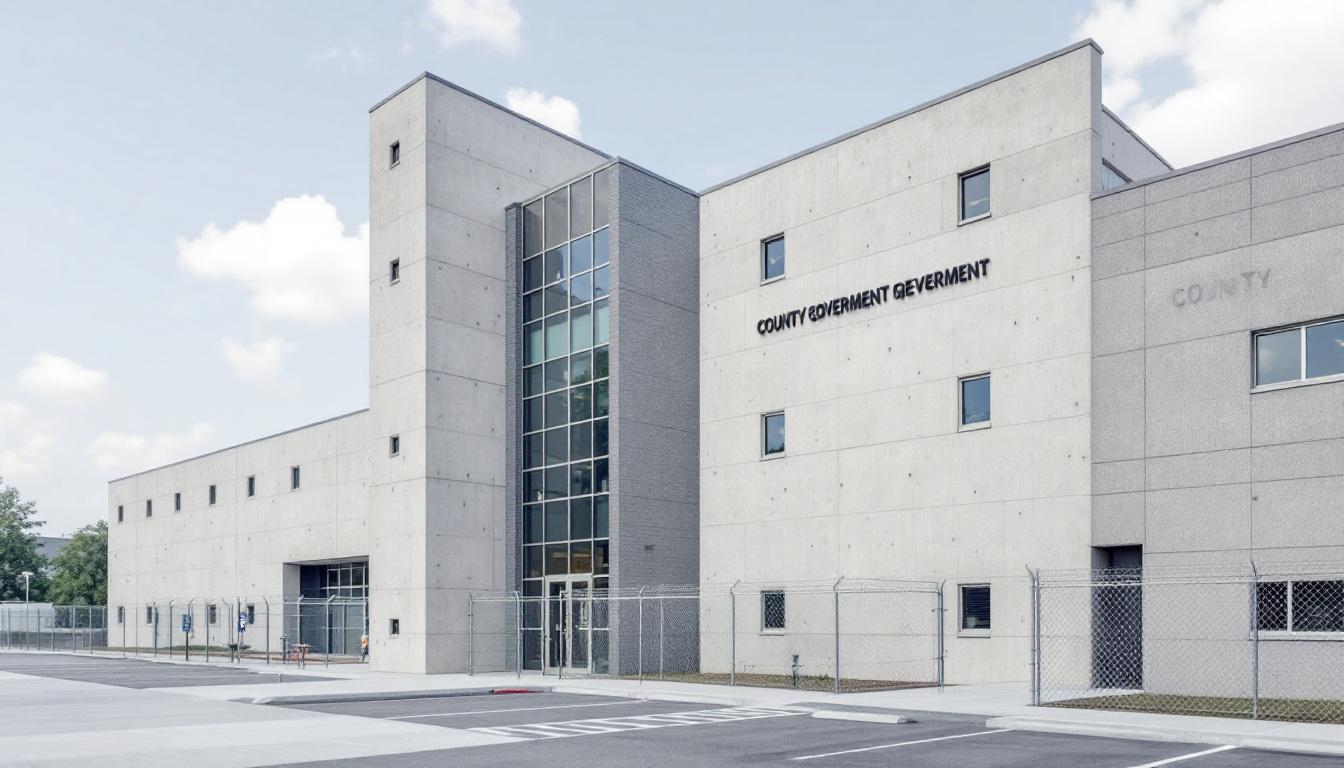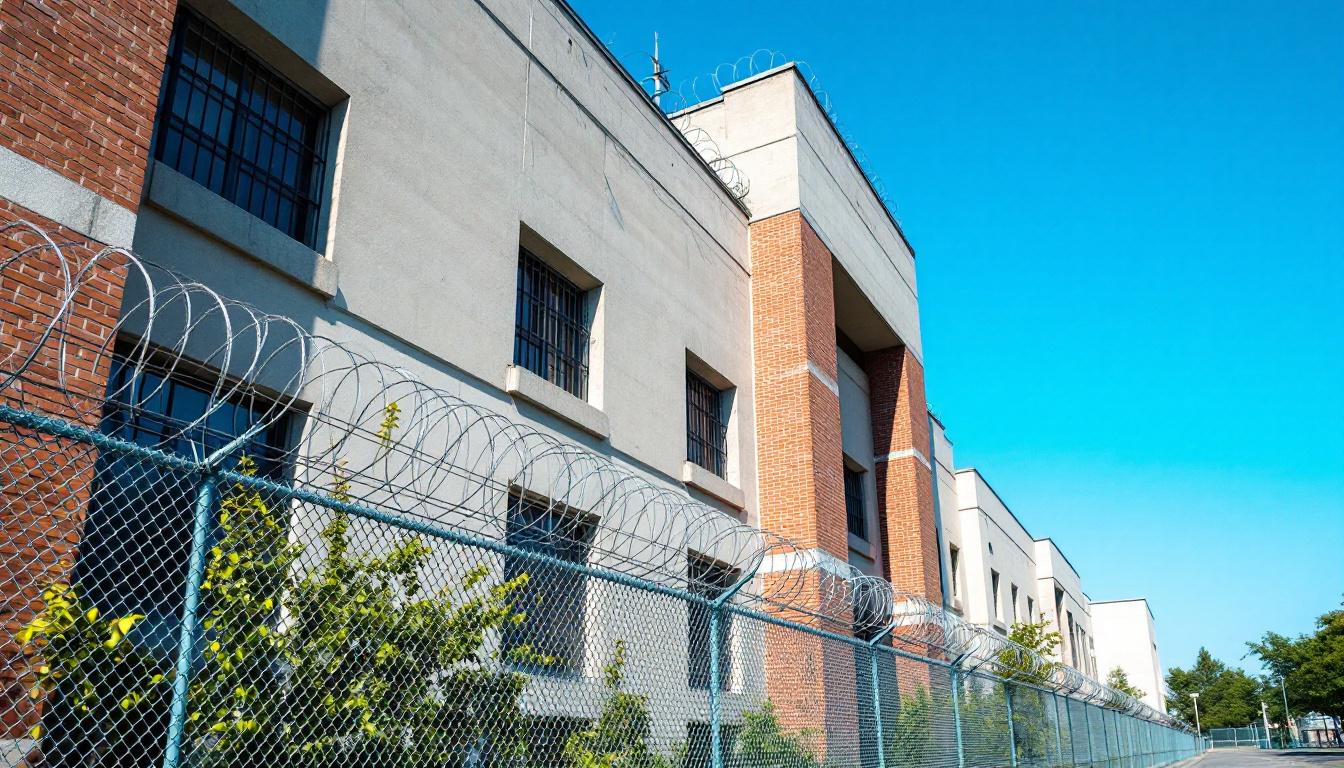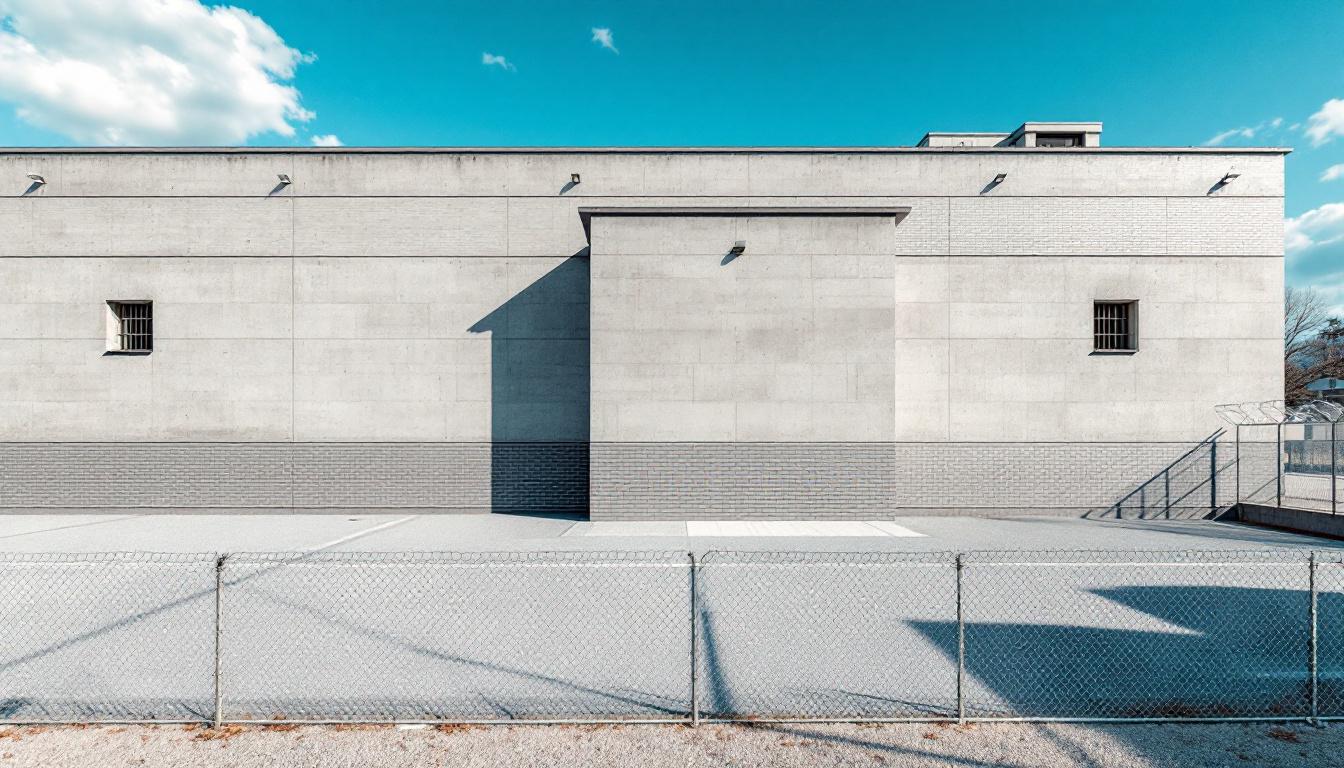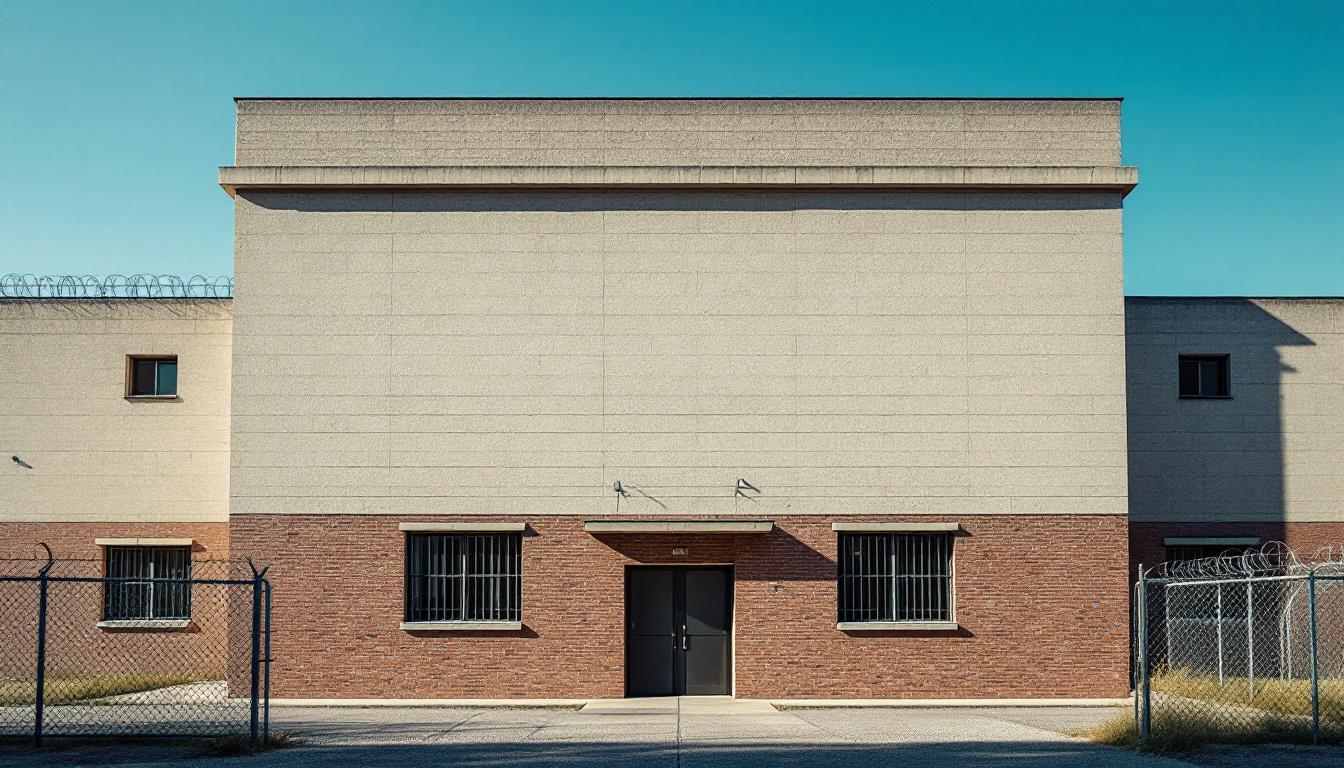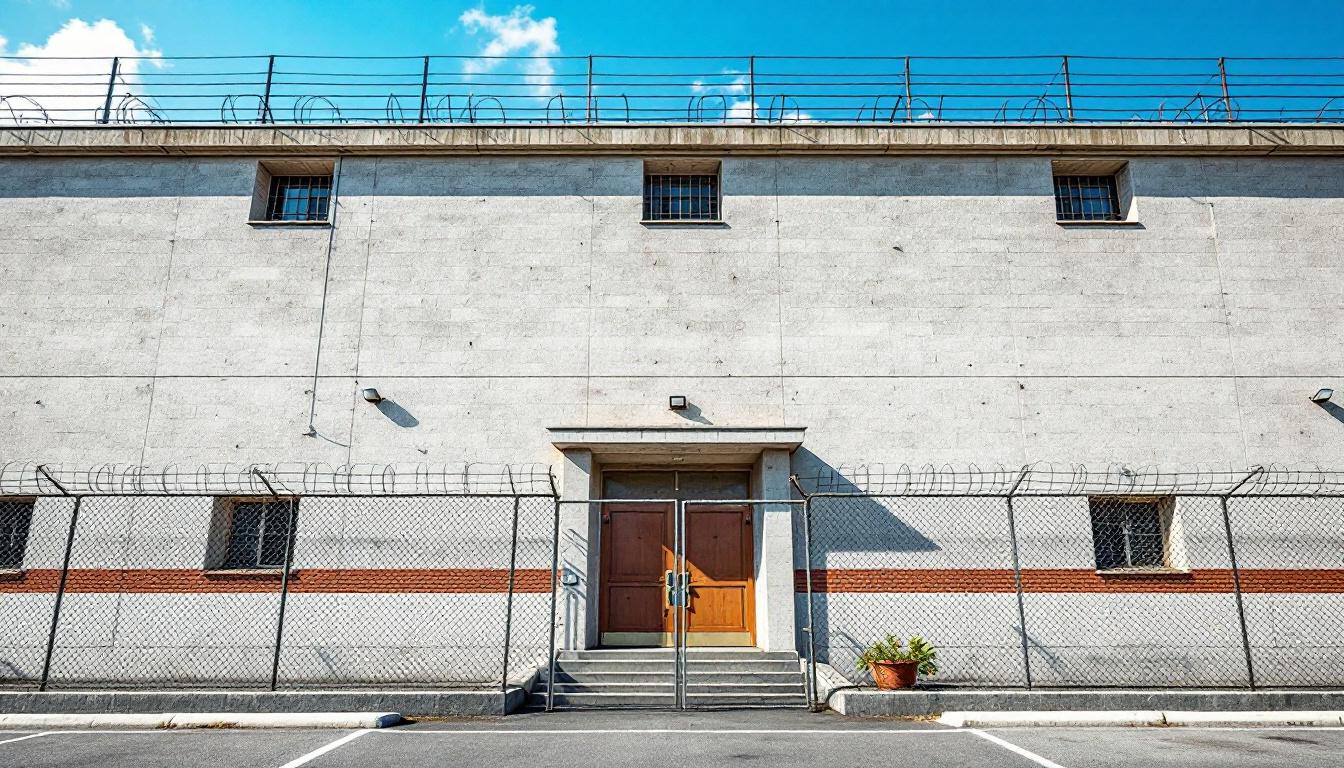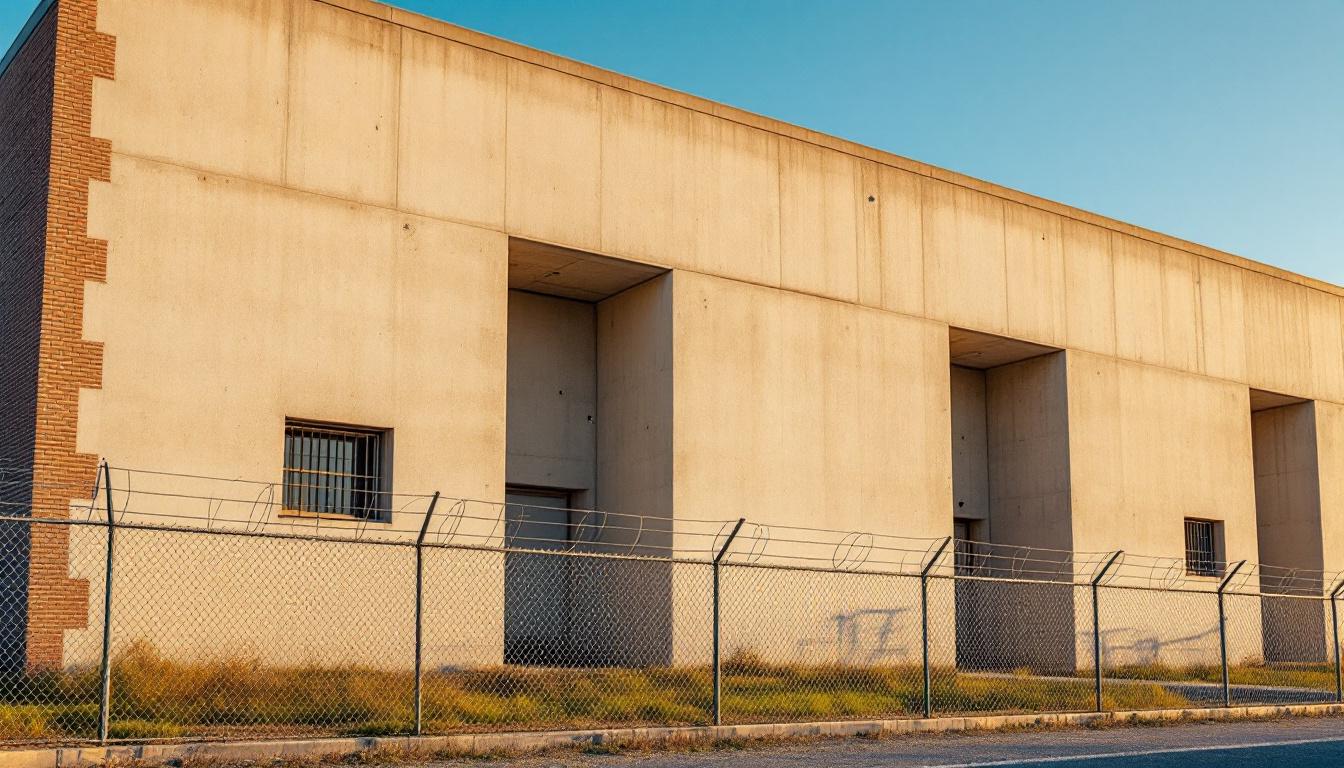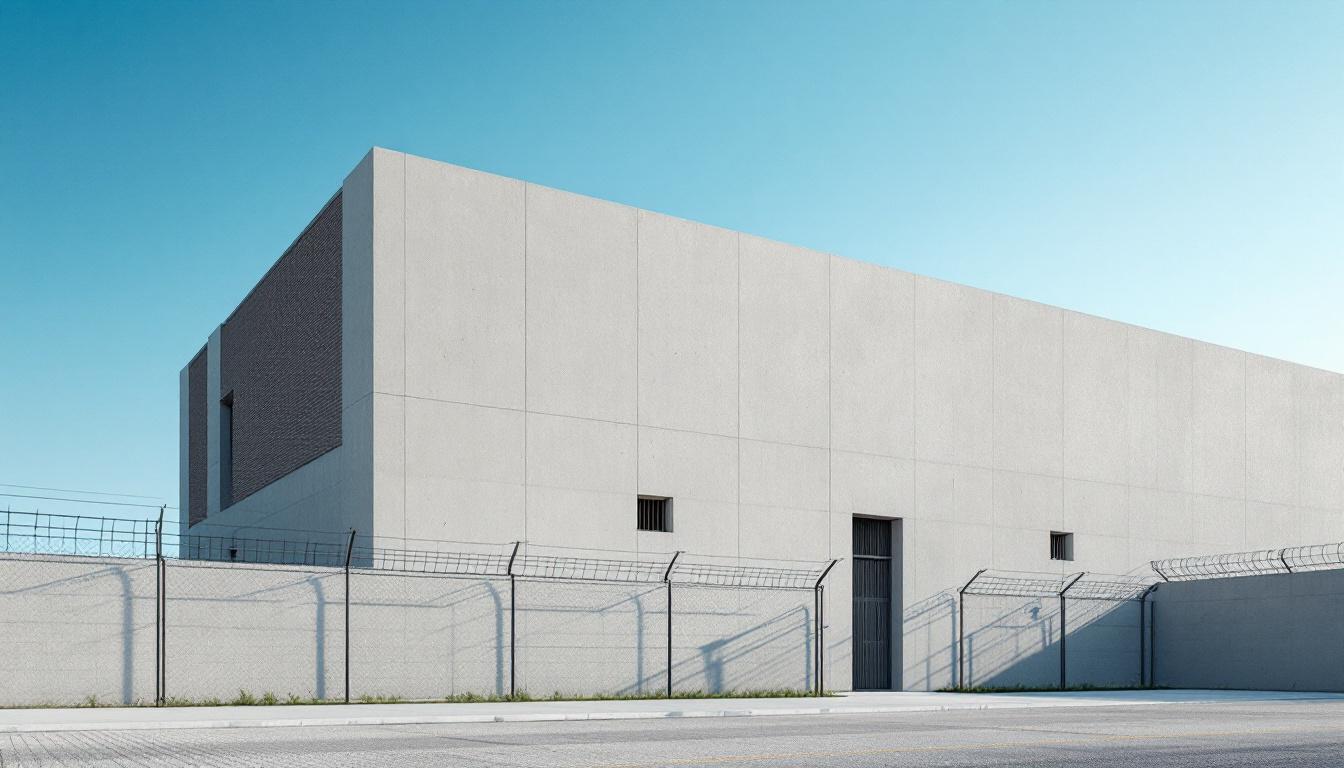
Quick Navigation
How to contact an inmate at TDCJ Polunsky Unit
This comprehensive guide will walk you through how to connect with an inmate at TDCJ Polunsky Unit. Follow the steps below to find an inmate and send letters and photos:
- Search for the inmate using our search tool below
- Create your account or log in to Penmate
- Write your message (up to 6,000 characters)
- Send instantly - inmates receive printed copies daily
Find an Inmate
Search for an inmate to start communicating today
Tip: You can search by first name, last name, or inmate ID number
To contact a person at TDCJ Polunsky Unit start by searching for the person on the official facility website. Perform a search by following these steps:
- Step 1: Enter their first name and last name into the search form and click "Search"
- Step 2: Locate their inmate record
- Step 3: Write down their Inmate ID and any housing information provided
Important! Be sure to enter the person's full name. Nicknames should not be used.
How to Send Messages to Inmates

You can use your phone or computer to send emails, letters, and photos to an inmate. Messages are sent electronically to inmate tablets or kiosks at the facility. If you would like to send a message, start by searching for an inmate at TDCJ Polunsky Unit.
Sending Photos and Postcards

A great way to send love and support to a loved one at TDCJ Polunsky Unit is to send photos and postcards. It only takes a few minutes to send photos from your phone and it makes a huge difference. You can also mail postcards with words of support and inspiration, or design your own postcard for special moments like birthdays and holidays.
Important! Be sure not to send any explicit photos or they may not be approved by the facility. You can also use a photo printing app like Penmate to make sure your photos are printed at the correct size (4x6 or 3x5) and are mailed according to the rules and regulations of TDCJ Polunsky Unit.
Frequently asked questions about TDCJ Polunsky Unit
-
How long does it take to deliver a message?
If you're sending an email message your letter is usually delivered within 24-48 hours. For messages sent via mail you should expect delivery within 3-7 days. All messages will need be approved by TDCJ Polunsky Unit.
-
How much does it cost to send a message to TDCJ Polunsky Unit?
You can send a message free using your phone or mail a message via USPS for the price of a $0.60 stamp and envelope. You can also purchase credits or e-stamps from services starting at $1.99.
-
What services can I use to contact an inmate at TDCJ Polunsky Unit?
Penmate
You can use Penmate to send letters and photos to an inmate from your phone. It's an easy way to stay in touch during your loved one's incarceration. Use the inmate locator to find an inmate's location and contact information, then you can send messages within a few minutes.
Securus messaging
Securus may be another option for communicating with an inmate at TDCJ Polunsky Unit. You can create a friends and family account and purchase credits to send messages. All messages will be reviewed and must be approved by the facility.
JPay
Some county jails and state prisons may support sending messages with JPay. You must register an account with the system, find your loved one, and purchase stamps to send messages. For some locations you can also attach photos.
Smart Jail Mail
You may also check if Smart Jail Mail is available at TDCJ Polunsky Unit. Smart Jail Mail is operated by Smart Communications and has contracted with some state and county jails. After purchasing credits, your messages and photos are sent to the facility, printed out, and then handed out to your loved one.
-
What is the mailing address of TDCJ Polunsky Unit?
Mailing address:
TDCJ Polunsky Unit
3872 FM 350
Livingston, TX 77351
Phone: (936) 967-8082Business hours:
- Monday: Open 24 hours
- Tuesday: Open 24 hours
- Wednesday: Open 24 hours
- Thursday: Open 24 hours
- Friday: Open 24 hours
- Saturday: Open 24 hours
- Sunday: Open 24 hours
-
What are the visiting hours at TDCJ Polunsky Unit?
Visiting hours at TDCJ Polunsky Unit vary by housing unit and security level. Generally, visits are scheduled on weekends and holidays, with some facilities offering weekday visits. Contact the facility directly at (936) 967-8082 or check their website for the current visiting schedule. Visits typically last 30-60 minutes and must be scheduled in advance.
-
What items are prohibited when sending mail to TDCJ Polunsky Unit?
Prohibited items typically include: cash, personal checks, stamps, stickers, glitter, glue, tape, staples, paperclips, polaroid photos, musical or blank greeting cards, hardcover books, magazines with staples, and any items containing metal or electronics. Only send letters on plain white paper with blue or black ink. Photos must be printed on regular photo paper (no Polaroids). Always check with TDCJ Polunsky Unit for their specific mail policies.
-
How do I send money to an inmate at TDCJ Polunsky Unit?
You can send money to an inmate at TDCJ Polunsky Unit through several methods: 1) Online using JPay, Access Corrections, or the facility's approved vendor, 2) Money orders mailed directly to the facility with the inmate's name and ID number, 3) Kiosks located in the facility lobby, or 4) Over the phone using a credit or debit card. Fees vary by method, typically ranging from $2.95 to $11.95 per transaction.
-
Can I schedule a video visit with an inmate at TDCJ Polunsky Unit?
Many facilities now offer video visitation as an alternative to in-person visits. At TDCJ Polunsky Unit, video visits may be available through services like Penmate, Securus Video Connect, GTL, or ICSolutions. Video visits typically cost $10-20 for 20-30 minutes and must be scheduled in advance. You'll need a computer or smartphone with a camera and reliable internet connection. Contact the facility for their specific video visitation policies and approved vendors.
-
What identification do I need to visit an inmate at TDCJ Polunsky Unit?
All visitors must present valid government-issued photo identification such as a driver's license, state ID, passport, or military ID. Minors must be accompanied by a parent or legal guardian who can provide the minor's birth certificate. Some facilities require visitors to be on the inmate's approved visitation list, which may require a background check. Contact TDCJ Polunsky Unit for specific ID requirements and visitor approval procedures.
-
How can I find out an inmate's release date?
To find an inmate's release date at TDCJ Polunsky Unit, you can: 1) Use the online inmate search tool if available, 2) Call the facility's records department, 3) Contact the inmate's case manager or counselor, or 4) Have the inmate provide this information during a call or visit. For privacy reasons, some facilities only release this information to immediate family members.
Facility Overview
Official Website

About TDCJ Polunsky Unit
Within the sprawling urban landscape of Dallas, TX, the Polunsky Unit operates as a state correctional facility designed to serve multiple functions within Texas's broader correctional framework. This TX correctional facility approaches offender management through systematic processes that typically emphasize structured daily routines, educational opportunities, and various support services aimed at preparing individuals for eventual community reintegration. The facility generally maintains programs that may include vocational training, substance abuse counseling, and basic educational services, reflecting the collaborative approach often seen in modern correctional operations throughout the south region.
The residents services at Polunsky Unit typically encompass a range of support mechanisms designed to address both immediate needs and longer-term rehabilitation goals. Through partnerships with various community organizations and educational providers, the facility often facilitates programs that may include literacy development, job skills training, and mental health support services. This process-focused methodology generally emphasizes gradual skill-building and personal development, recognizing that successful reentry into Dallas communities requires comprehensive preparation across multiple areas of life functioning.
As part of Texas's correctional system, this correctional facility typically maintains connections with local Dallas-area resources and organizations that support the transition process for individuals preparing for release. The facility's approach to rehabilitation generally incorporates elements such as family communication programs, religious services, and recreational activities that contribute to overall well-being and personal growth during incarceration.
Programs & Services
Educational advancement and personal development form the foundation of rehabilitation initiatives at Polunsky Unit. The facility typically focuses on providing residents with practical skills and knowledge that may support their successful reintegration into society. These initiatives often emphasize building both academic competencies and workplace readiness through structured learning opportunities.
GED preparation courses serve as a cornerstone of the educational offerings, helping residents complete their high school equivalency requirements. Vocational training initiatives may deliver hands-on instruction in various trade skills, allowing participants to develop marketable abilities for future employment. These educational components often work together to create a comprehensive learning environment that addresses both basic academic needs and specialized skill development.
Moreover, support services and therapeutic initiatives provide additional pathways for personal growth and community contribution. Work programs typically allow residents to gain practical experience while contributing to facility operations, while grounds maintenance and facility maintenance assignments may offer opportunities to develop responsibility and work ethic. Faith-based initiatives often provide spiritual support and community connection for interested participants. Restorative justice components may deliver programming focused on accountability, victim awareness, and personal reflection, helping residents understand the impact of their actions and develop empathy for others affected by crime.
Daily Life & Visitation
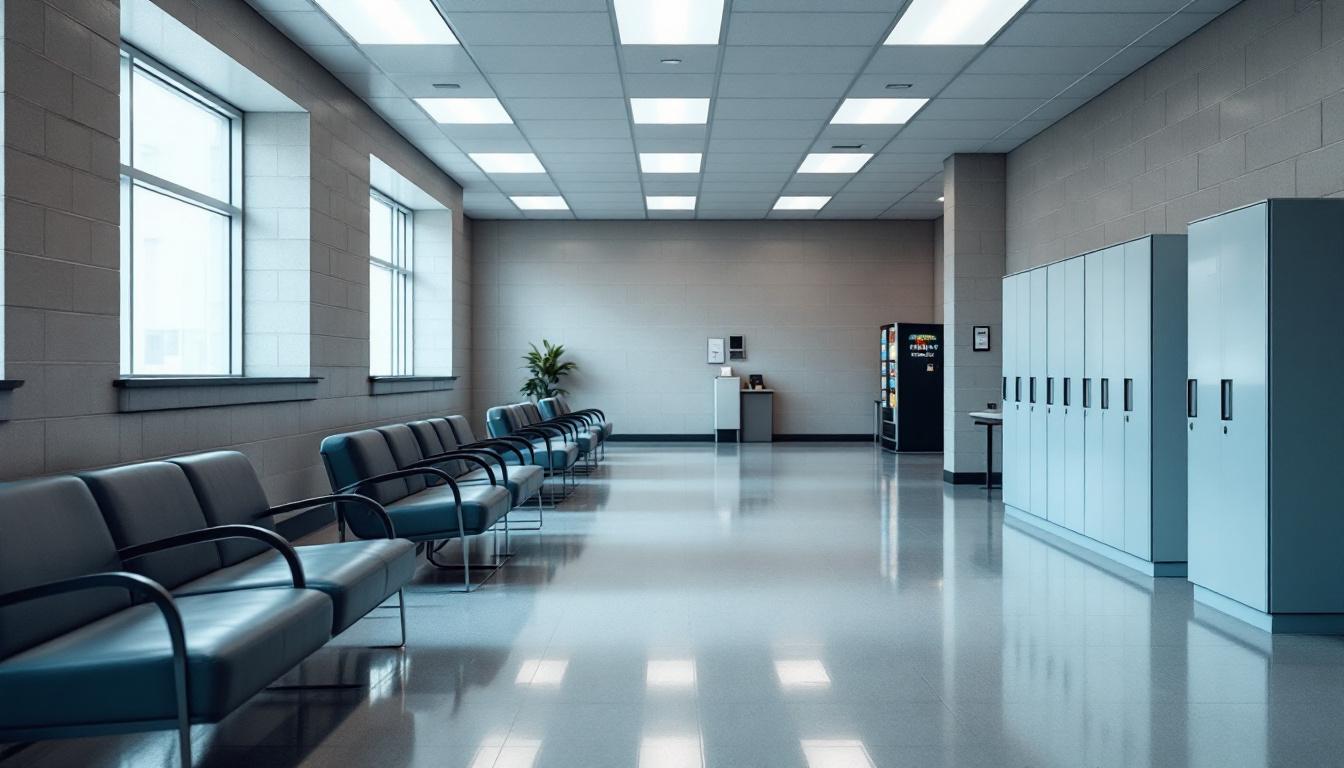
Structure delivers consistency through carefully planned daily schedules that residents follow from wake-up to lights out. Today's routine typically begins with morning count procedures, followed by meal service in designated dining areas. Throughout the day, residents generally participate in scheduled activities including work assignments, educational programming, and recreational periods. This consistent framework helps establish predictable patterns that many residents find stabilizing during their time at the facility.
Housing arrangements at Polunsky Unit typically involve individual cells or shared living spaces, depending on security classification and facility capacity. Residents generally receive three meals daily in common dining areas, with menu options that meet basic nutritional requirements. Personal property allowances usually include essential items like clothing, hygiene products, and limited personal effects. The commissary system often provides additional food items and supplies that residents may purchase with funds from their accounts.
Moreover, structured programming schedules deliver various opportunities for personal development and skill building. Work assignments may include facility maintenance, food service, or other institutional operations that help residents develop job skills. Recreation periods typically offer access to exercise equipment, outdoor areas, and organized activities. Whereas daily routines remain consistent, visitation policies generally allow scheduled visits with approved family members and friends. Communication options usually include monitored phone calls and correspondence, helping residents maintain important connections with their support systems outside the facility.
Ready to Connect?
Start communicating with your loved one today
Search for an Inmate
